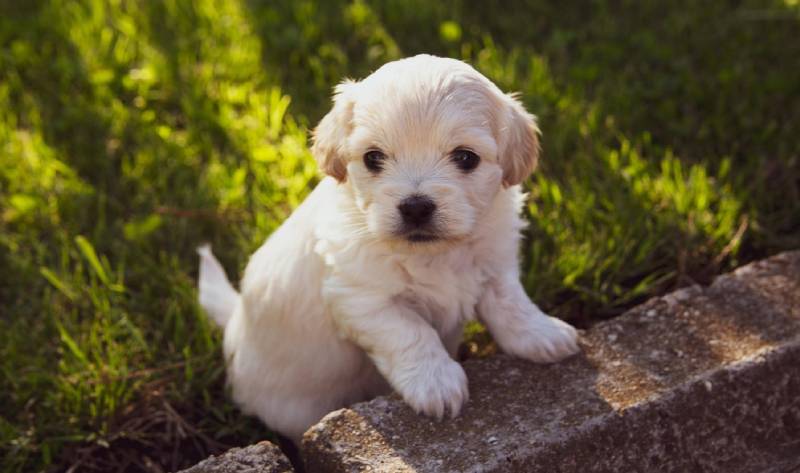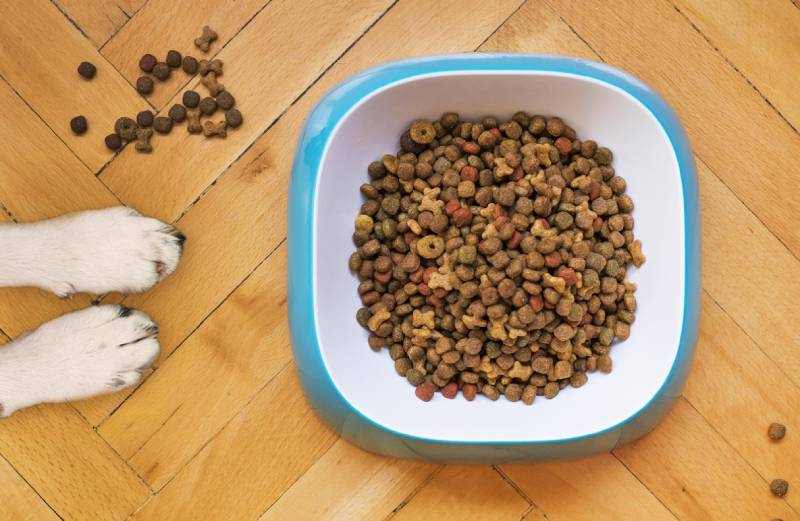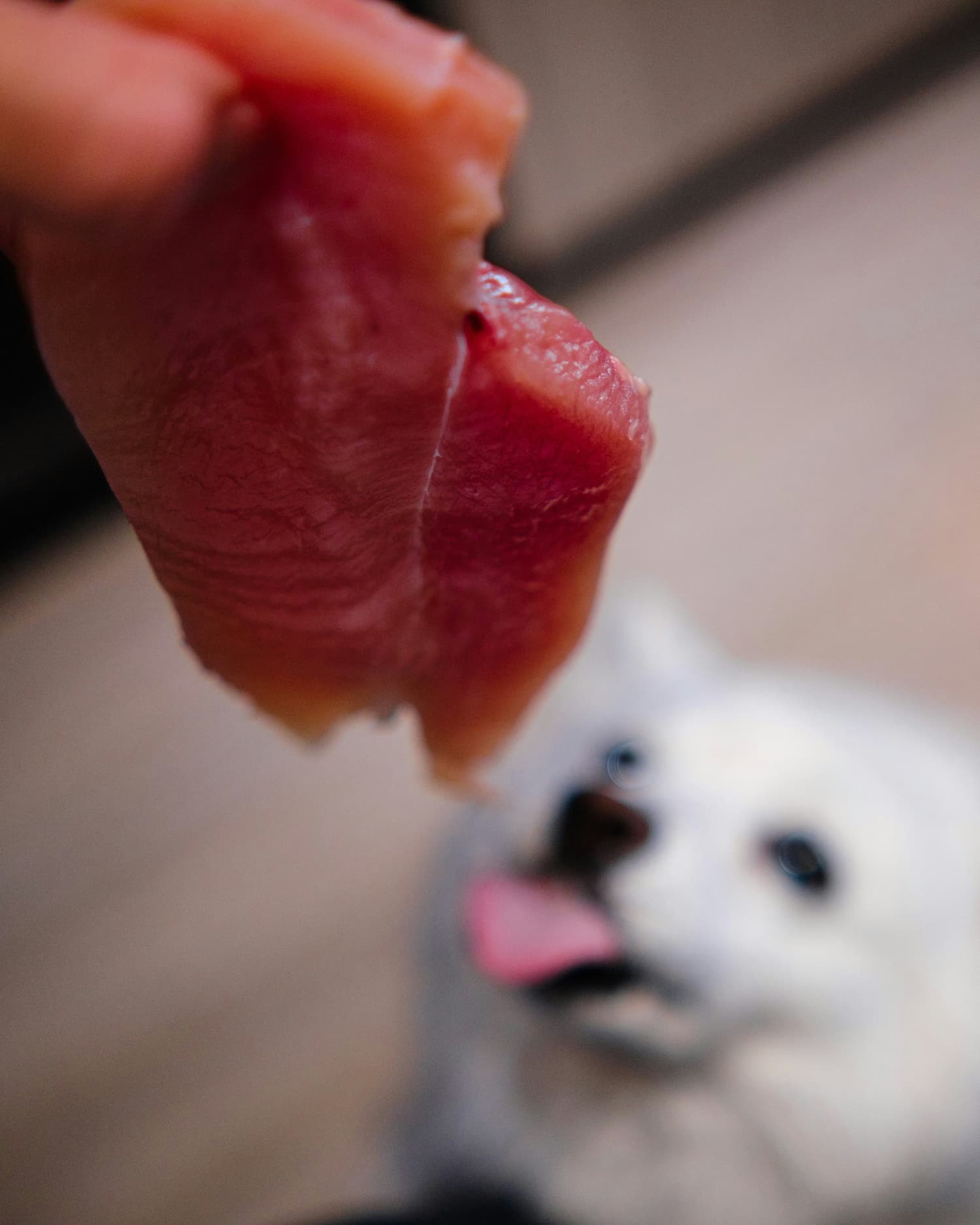According to ASPCA, there are over 3 million dogs adopted each year in the U.S., yet many first-time owners feel overwhelmed in the first few weeks? Bringing home a new puppy is exciting, but between house training accidents, endless chewing, and sleepless nights, it can also be stressful without the right preparation. In this blog post, we’ll walk you through everything you need—from essential supplies to training tips—so you can skip the chaos and focus on bonding with your furry best friend.

New Puppy Checklist
Here’s a complete list of must-have items to make the transition smoother for both you and your furry friend.
1. Food and Water Bowls
Opt for stainless steel or ceramic bowls—they’re more durable, easier to clean, and less likely to harbor bacteria than plastic. Make sure they’re the right size for your puppy’s breed.
2. Puppy Training Treats
Small, soft, and tasty treats are essential for positive reinforcement during training sessions. Choose high-quality, puppy-safe options to keep your dog motivated without overfeeding.
3. Crate for Puppy
A crate provides a safe space for your puppy to rest and helps with house training. Pick one that’s large enough for your pup to stand, turn around, and lie down comfortably, but not so big that they can use one end as a bathroom.
4. Dog Bed
A cozy bed offers comfort and a sense of security. Look for washable covers to make cleanup easier.

5. Puppy Leashes
A sturdy, comfortable leash is a must-have for safe walks and training. Start with a lightweight, shorter leash for better control, and consider a harness for extra comfort and safety.
6. Toys for Puppy
From chew toys to plushies and puzzle games, toys keep your puppy mentally stimulated and physically active—while also protecting your shoes and furniture.
7. Cleaning Products
Stock up on enzymatic cleaners to effectively remove stains and odors, preventing repeat incidents in the same spot.
8. Grooming Products
Start a grooming routine early with a gentle puppy shampoo, a soft brush, and nail clippers. Regular grooming keeps your puppy healthy and comfortable.
9. Flea & Tick Prevention
Protect your puppy from parasites with vet-approved flea and tick preventatives. These are essential for your dog’s health, especially if you live in an area with high pest activity.
Tips for Bring a New Puppy Home
You’ve gathered your supplies, puppy-proofed your home, and your new furry family member is finally here—now what? The first few days are critical for building trust and setting the tone for your life together. Here are some tips to help make the transition smooth and stress-free:
1. Create a Safe Space
Set up a quiet, comfortable area where your puppy can retreat when they feel overwhelmed. This could be a crate, playpen, or a puppy-proofed room.
2. Introduce Gradually
If you have other pets or young children, introduce them slowly and under supervision. Give everyone time to adjust to the new family dynamics.
3. Stick to a Routine
Puppies thrive on structure. Establish consistent feeding times, potty breaks, and play sessions to help them feel secure and speed up training.
4. Start Training Early
From basic commands to housebreaking, the sooner you begin, the better. Use positive reinforcement techniques with plenty of praise and treats.
5. Socialize Safely
Expose your puppy to new sights, sounds, and experiences in a controlled, positive way. Early socialization helps prevent fear and aggression later in life.
6. Schedule a Vet Visit
Book a check-up within the first few days to ensure your puppy is healthy, up to date on vaccinations, and set up with a flea, tick, and worm prevention plan.
7. Be Patient and Consistent
There will be accidents, chewed shoes, and sleepless nights—but with patience and consistent training, your puppy will grow into a well-behaved and loving companion.
Conclusion
Bringing a puppy into your home is one of the most rewarding experiences you can have, but it’s also a big responsibility. With the right essentials in place and a little preparation, you’ll set the stage for a smooth transition and a happy, healthy life together. Remember—this isn’t just about buying supplies; it’s about creating a safe, loving environment where your new companion can thrive.
FAQ
Where should my puppy sleep on the first night?
On your puppy’s first night, place them in a crate near your bed so they feel safe and can hear you. Use soft bedding and a familiar-scented blanket or toy. Keep the area warm and calm, and be prepared for potty breaks during the night. This helps build trust, reduces anxiety, and sets the foundation for good sleep habits in their new home.
Should I ignore my puppy crying at night?
You shouldn’t ignore your puppy’s crying at night without understanding the cause. Puppies may cry due to fear, loneliness, or needing the toilet. Comfort them briefly without turning it into playtime. Ensure they’ve had enough exercise, bathroom breaks, and a cozy sleeping space. Gradually teach them to settle on their own, but avoid reinforcing crying as a way to get attention. Patience and consistency will help them adjust.
What is the 5 minute rule for puppies?
The “5-minute rule” for puppies is a guideline for safe exercise. Puppies should only have about five minutes of formal, structured exercise per month of age, up to twice a day. For example, a three-month-old puppy can have 15 minutes of exercise twice daily. This helps protect developing joints and bones, preventing overexertion while still supporting healthy growth and socialization.


